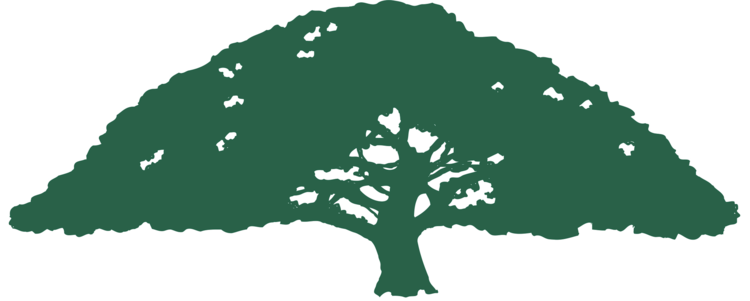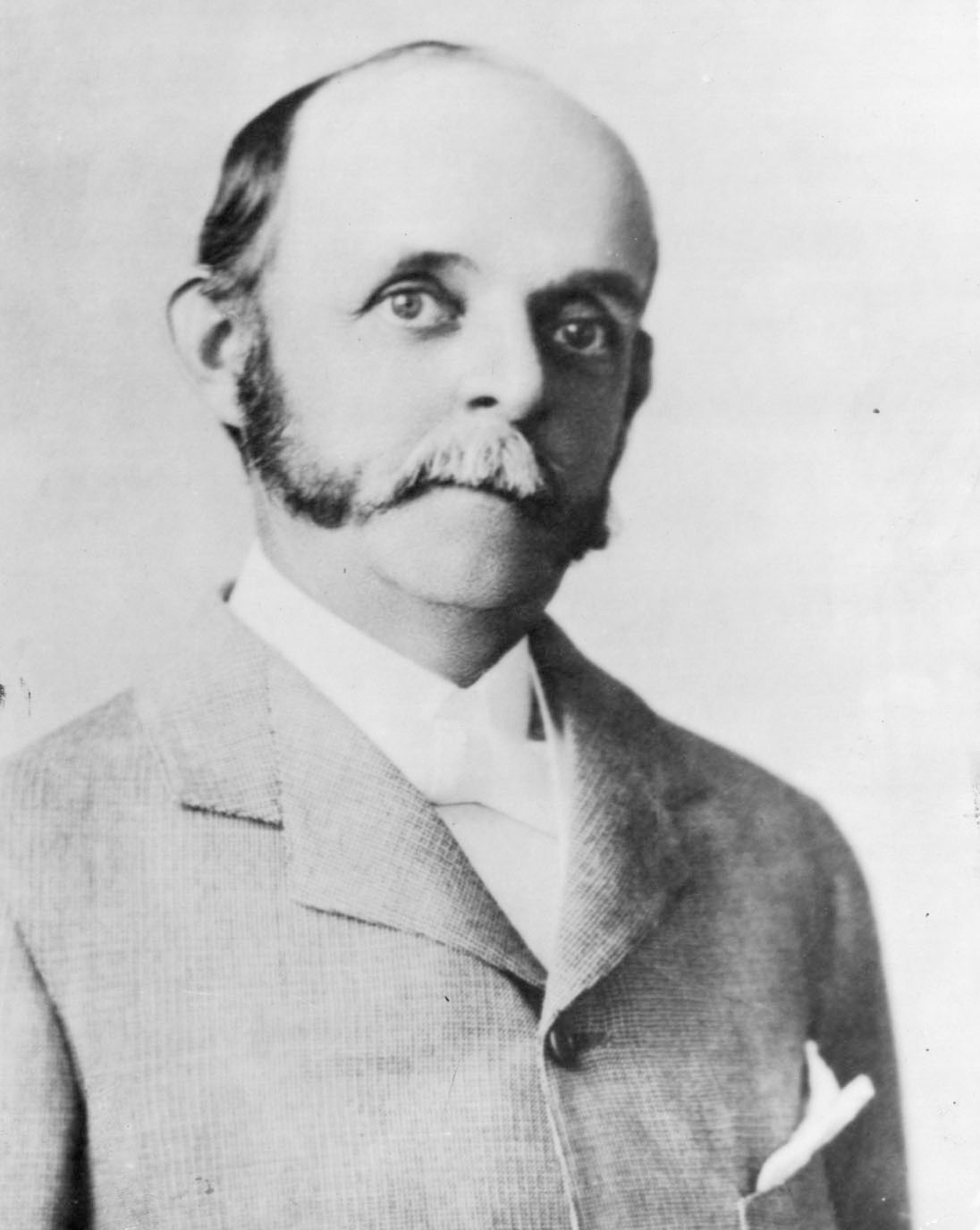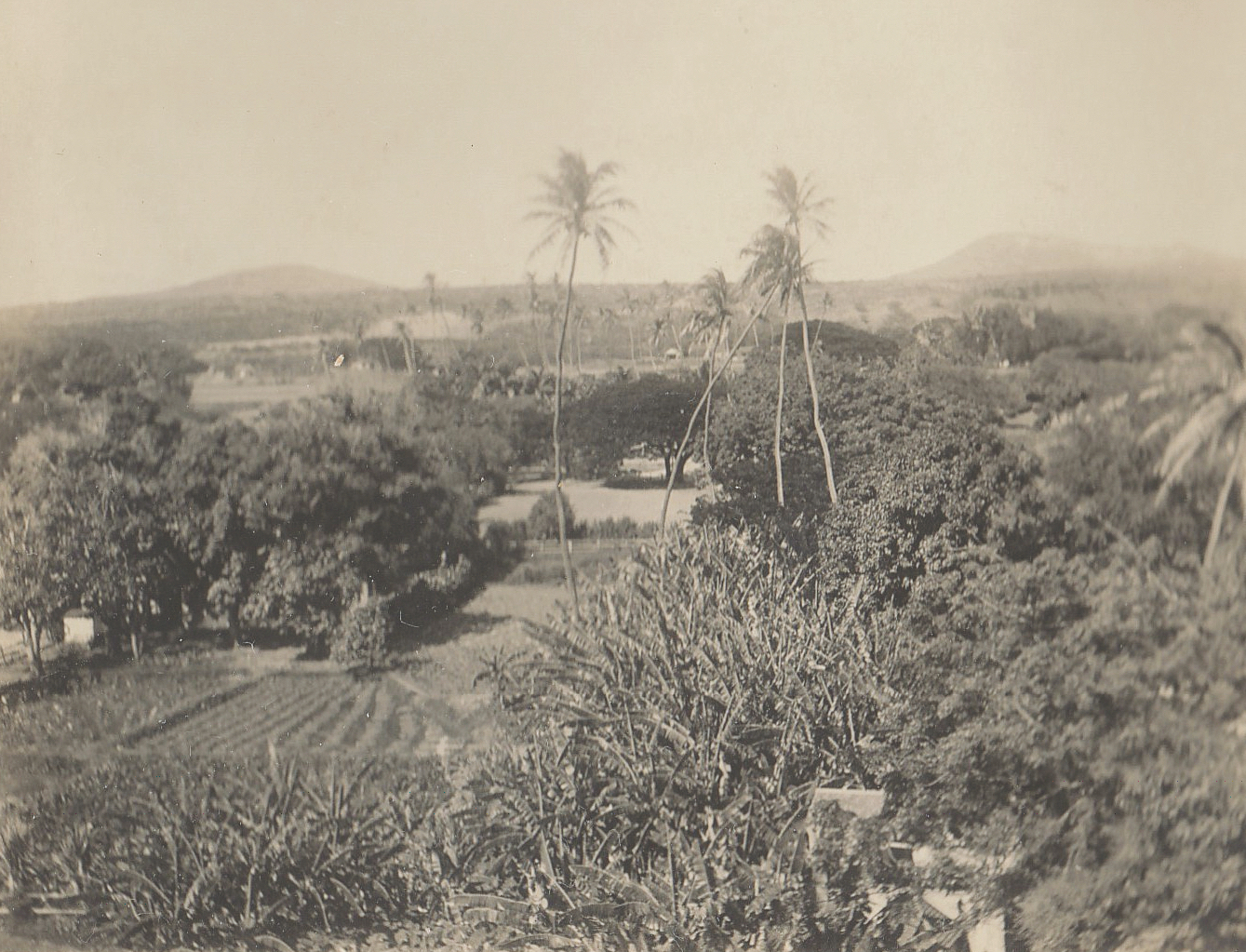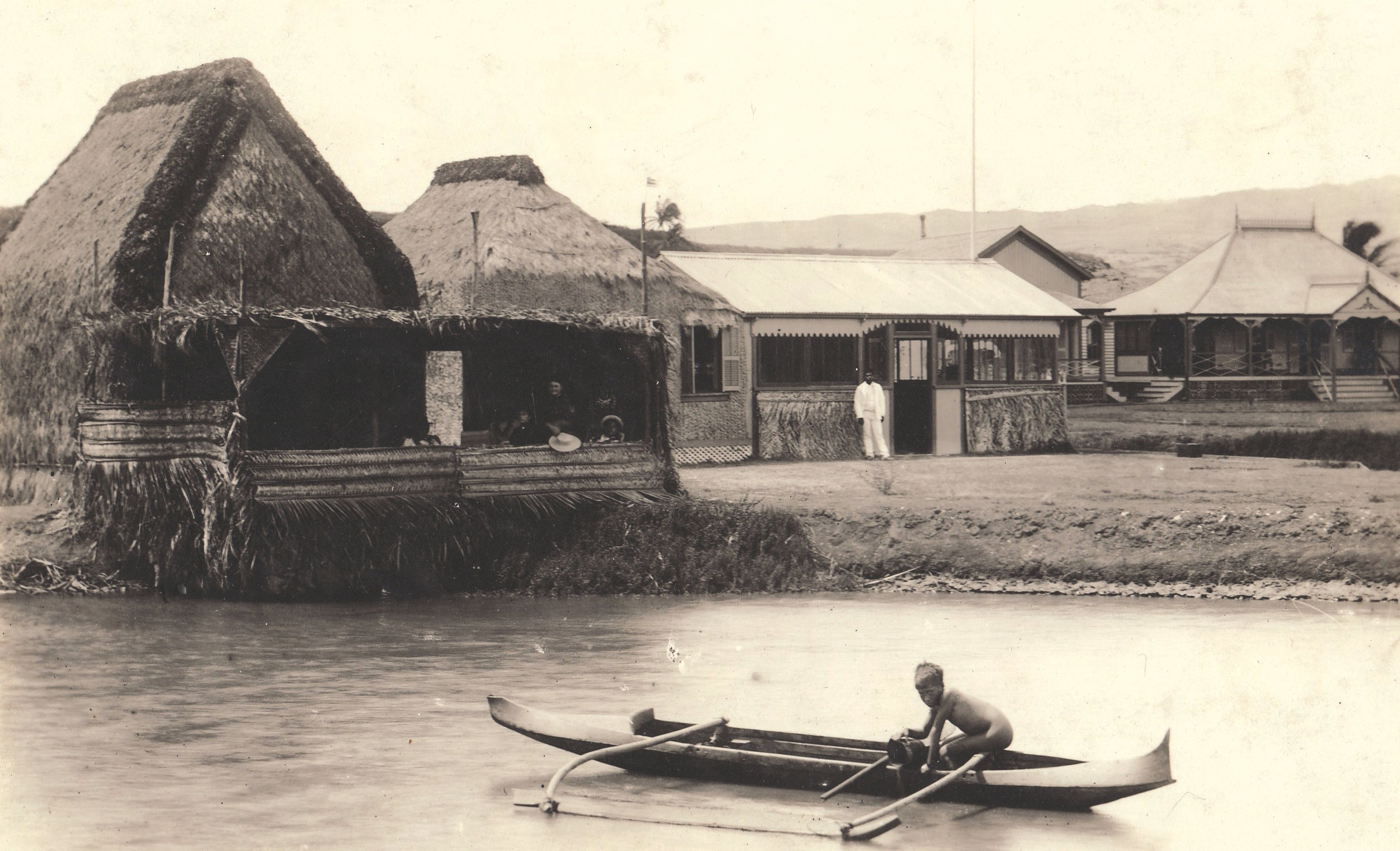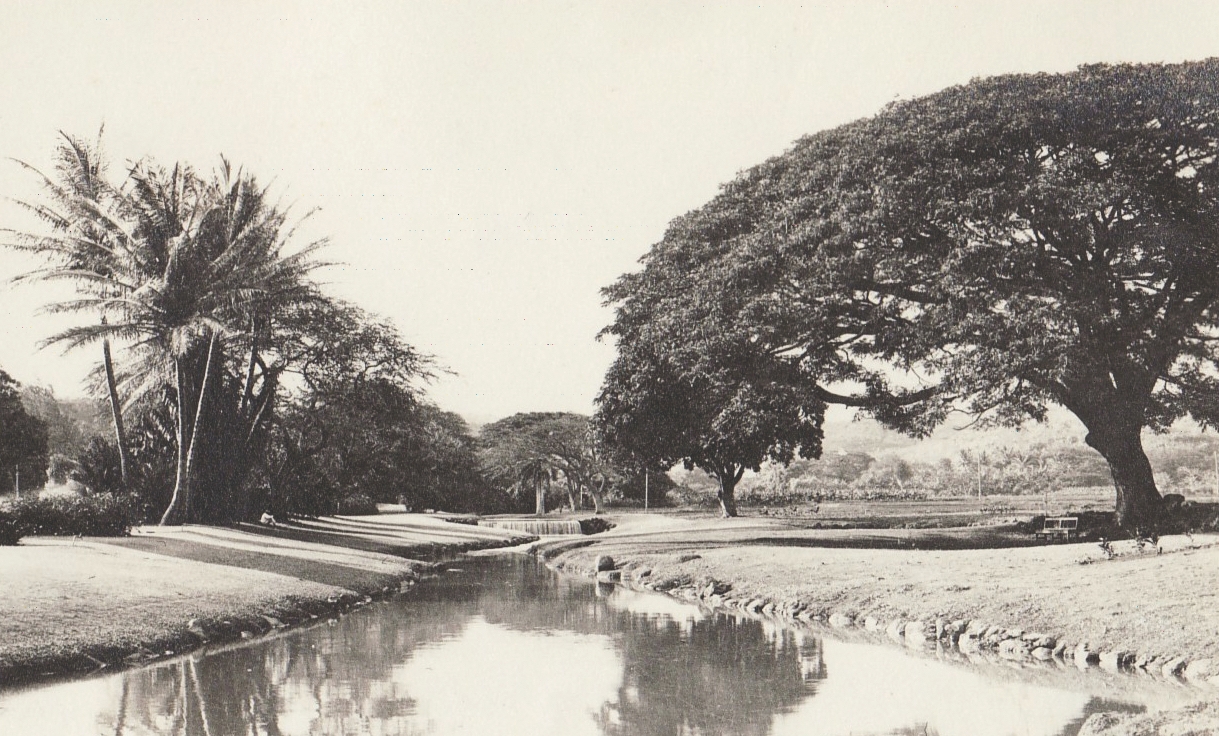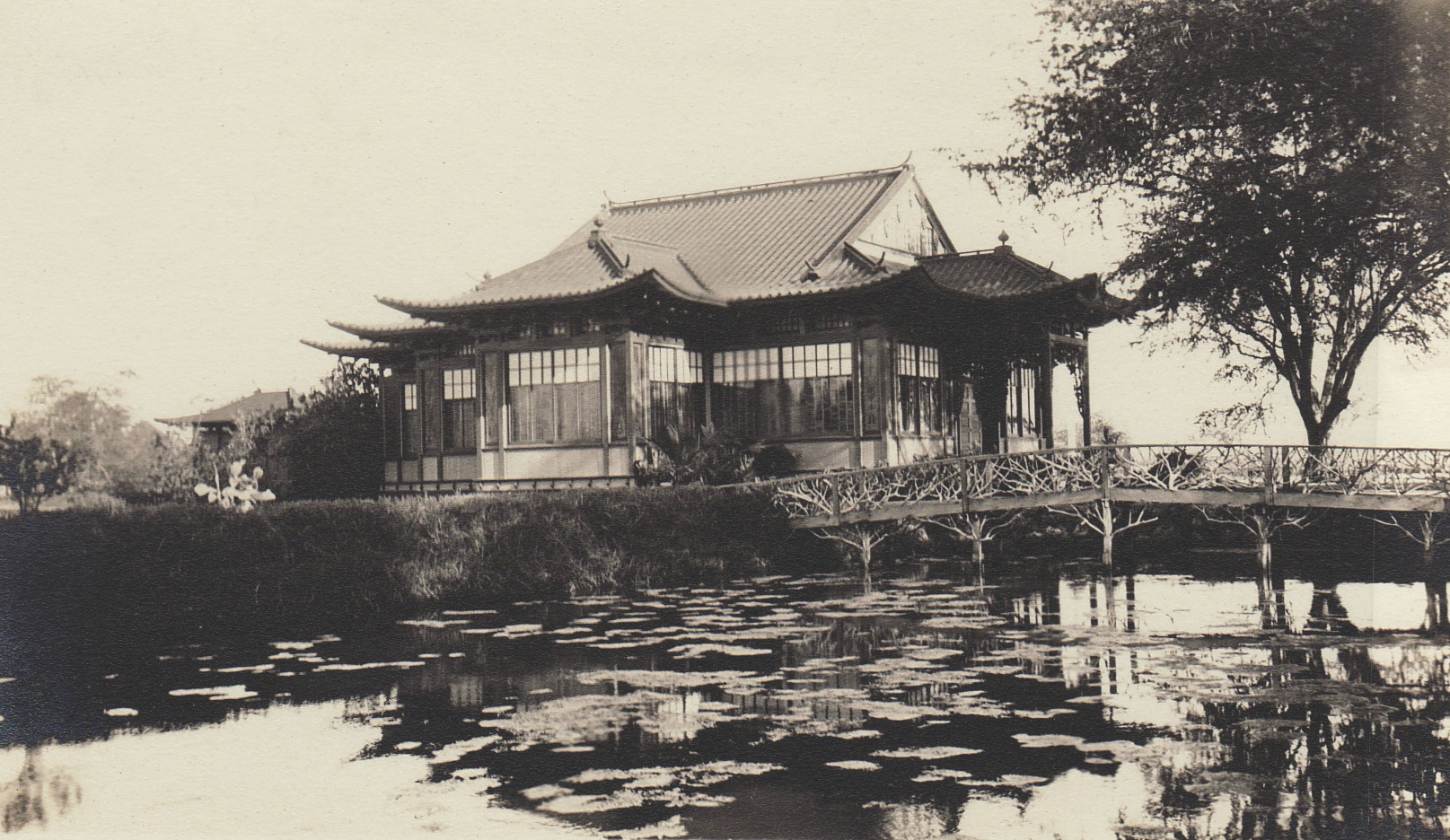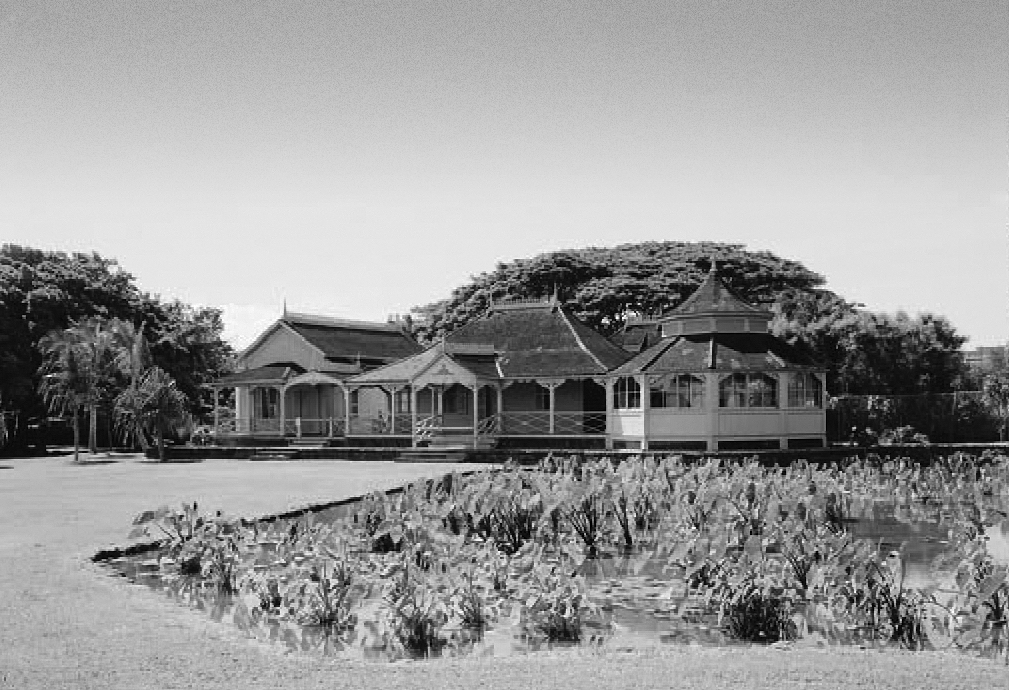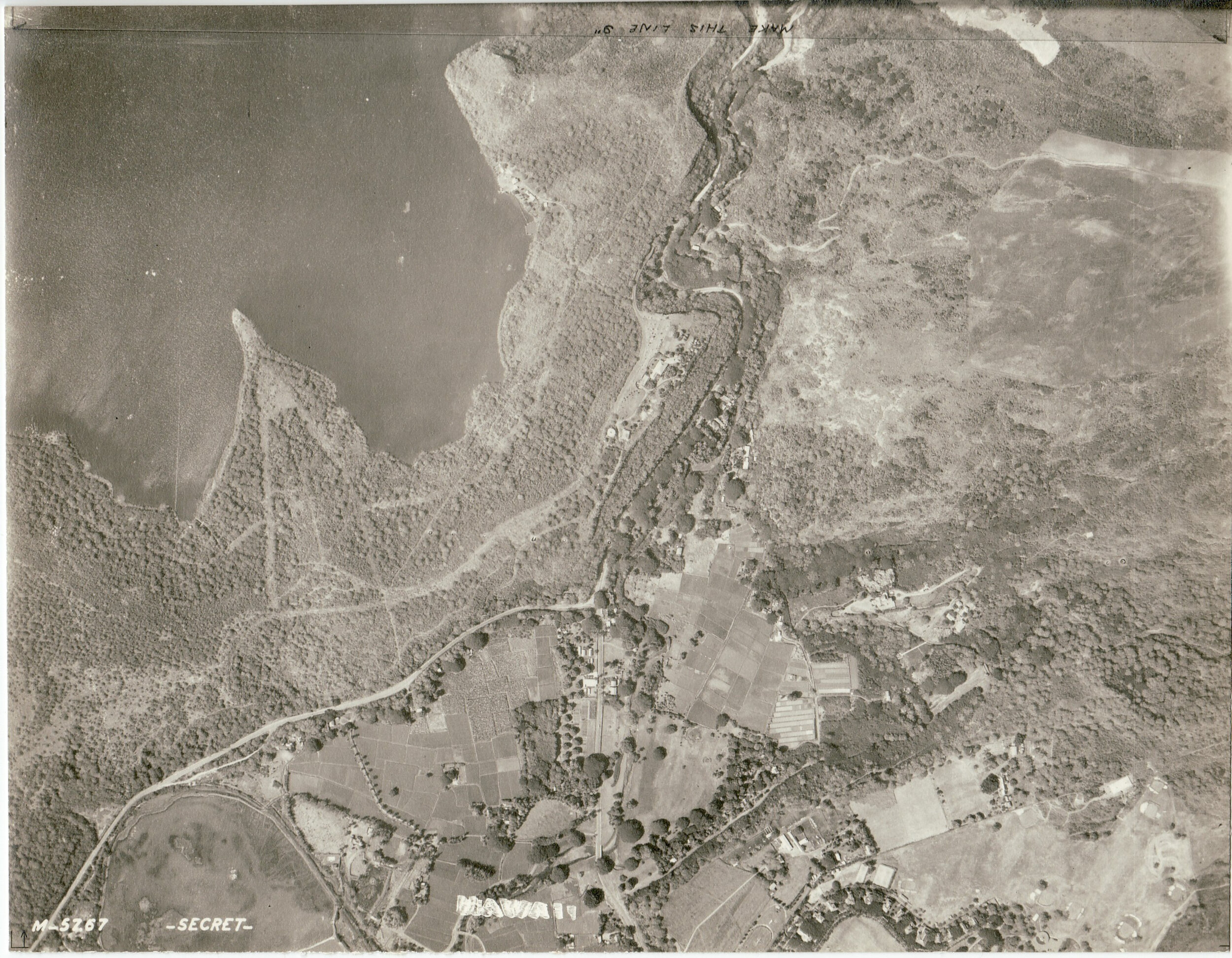THE HISTORY OF MOANALUA GARDENS
In 1884, banker and businessman of the Hawaiian kingdom, Samuel Mills Damon, inherited the ahupua’a, (a land division that runs from the mountain top to the sea) of Moanalua, and with it, the fish ponds and fishing rights. Moanalua comprised a total of 6,000 acres of land. It’s western edge is the ridge top formed between the valleys of Moanalua and Halawa down to the eastern shore of the mouth of Pearl Harbor, known as Fort Kamehameha. The eastern boundary bordered Kalihi valley's west facing ridge line all the way to Kalihi Kai and the shore of Keehi lagoon.
This land legacy was bequeathed to Damon under the will of Ke Ali’i Bernice Pauahi Bishop, grand daughter of Kamehameha I, and the last living member of the House of Kamehameha. Damon first moved from Honolulu to Moanalua in 1890, and took up permanent residence in the summer cottage of Prince Lot Kapuaiwa, who reigned as Kamehameha V. He revered the history of the King’s cottage c.1850, and set about to restore and renovate it and the c.1852 cook's house, later adding two new additions: the decagon room for entertaining and the back house for use as a bedroom.
Moanalua Gardens was established in 1898, following Damon’s inspirational visit to Britain in 1897, where he attended Queen Victoria’s jubilee. He also traveled to Edinburgh where he was introduced to a young Scottish horticultural landscaper, Donald Macintyre, who he hired and brought to the islands. The gardens were originally located in an area of upper Mapunapuna that is makai (ocean side) of the present day Moanalua freeway. The tract of land consisted of 40 acres of rice patties and lo’i (taro patches) that were transformed by Macintyre, into vast lawns with shade trees, palms, mangoes, monkey pod trees and tropical plants and flowers that were imported from all over the world. Macintyre introduced the first anthurium plant to the Hawaiian islands, as well as orchids. Expansive glass atriums were built within the gardens to house and display the exotic flowers.
Damon wanted to create a truly multicultural gardens, similar to those he had experienced throughout Britain. His commitment began with the preservation of the Hawaiian culture at it’s heart. After all, he had been gifted this land from his beloved friend, the princess. He repaired the existing Hale Pili (Hawaiian thatched house) and had new ones built to house Hawaiian artifacts and cultural treasures. To represent the countries of the Pacific Rim, Damon brought artisans from Japan to create a Japanese garden and tea houses and from China to build the Chinese Hall. Through his bank, Damon financed the Oahu railroad making sure the first stop on the railroad was at Moanalua, ensuring that his guests could arrive by train or horse drawn carriage for parties held in the Chinese Hall.
Sadly, by the first decade of the twentieth century, the U.S. government condemned substantial and highly desirable portions of the original Ahupua’a of Moanalua in order to create vast military bases for the Army and Navy. After Damon died in 1924, the estate was managed by his trustees who continued to operate the original gardens until the late 1950s. By 1956 the Damon Estate had sold huge tracts of Moanalua’s land to commercial and residential developers. However, in 1957 the lead trustee and heir of Samuel M. Damon died, bringing a halt to the estate’s frenetic liquidation of land. The new direction of the trust was to develop its own land, which ultimately lead to the destruction of the original gardens and the creation of the Mapunapuna industrial subdivision. But it paved the way for moving the gardens to its new home, mauka (mountain side) of the freeway on land that the estate and family held privately.
The trustees sought the guidance of landscape designer Paul Weissich, who designed the present day park. He salvaged the important structures, the Kamehameha cottage, the Chinese hall and the Japanese tea house, and moved them to their new and present day locations, building new features such as the koi pond in front of the Chinese hall, and the corresponding lo’i for the King’s cottage. The new site of the gardens was home to magnificent trees that had been simultaneously planted by the late Macintyre at the same time as the original gardens. The collection includes the famous monkey pod tree known as the Hitachi tree, two other monkey pod trees of exceptional scale and size, and a Bodhi tree that is known to have been grafted from the original tree that Siddhartha Gautama, the spiritual teacher who became known as the Buddha, is said to have attained enlightenment or Bodhi under. These trees are included on the exceptional tree list for the City and County of Honolulu.
The Prince Lot Hula Festival was founded in 1978 by Nalani Olds. The festival is in honor of Prince Lot Kapuāiwa, who allowed hula celebrations to be publicly performed on the cottage’s lanai (porch) after several decades of being banned by the Ali’i who had converted to Christianity. The first two years of the festival performances were held on flatbed trucks. Desiring a more tactile connection with the aina, (land) and it’s surrounding natural beauty, Nalani Olds envisioned a permanent stage for the performers, and with the support of her husband Alan Napoleon, who was the secretary of the Damon Estate, they persuaded the estate trustees to build a permanent mound that would serve as a performance space for the gardens. Hence, in 1980 the Pa ‘Kama’ipu’upa’a’ was dedicated.
In 2007, following the death of Samuel Mills Damon’s last grandchild, which triggered the dissolution of the Damon Estate, John Philip (J.P.) Damon, a great grandson of the namesake, purchased the privately owned 24 acre gardens from the Damon Estate. Today J.P. continues to uphold his great grandfather’s vision by maintaining the grounds, and preserving and restoring the architectural structures from different cultures around the world. A Japanese Tea House c.1900 serves as the current Gift Shop on the property, King Kamehameha V’s Summer Cottage c.1850 and it’s Hawaiian Lo’i, as well as the Chinese Hall c.1903 and it’s bridge and koi pond are available for private tours and events. Future plans include reconstructing Hale Pili, (traditional Hawaiian thatched houses), growing the collection of plants on the property to include more endemic Hawaiian species, creating an educational branch to bring more Keiki (children) to experience the gardens, and launching a docent program to enhance the visitors experience.
The gardens are open to the public daily from 8:30 AM to 4:00 PM for general admission. In addition, both the grounds and architectural structures are available for private events, concerts, photography, and filming upon request. Please note the park is currently undergoing a series of comprehensive improvements. However, the park will remain open and fully operational during all phases of construction, and we look forward to welcoming you to the historic Moanalua Gardens. E Komo Mai!
1884年、ハワイ王国の銀行家で実業家のサミュエル・ミルズ・デーモンは、モアナルアのアフプアア(山頂から海まで続く土地区分)を相続し、それに伴い養魚池と漁業権も取得しました。モアナルアは合計6,000エーカーの土地で構成されていました。西端はモアナルア渓谷とハラワ渓谷の間に形成された尾根の頂上で、真珠湾の入り口であるカメハメハ砦の東岸まで続いています。東の境界はカリヒ渓谷の西向きの尾根線に接し、カリヒ・カイとキーヒ・ラグーンの岸まで続いています。この土地は、カメハメハ1世の孫娘であり、カメハメハ家の最後の存命人物であるケ・アリイ・バーニス・パウアヒ・ビショップの遺言により、デイモンに遺贈されました。デイモンは1890年にホノルルからモアナルアに移り住み、カメハメハ5世として君臨したロット・カプアイワ王子の夏の別荘に永住しました。彼は1850年頃の王の別荘の歴史を尊重し、この別荘と1852年頃の料理人の家の修復と改装に着手し、後に2つの新しい増築部分、もてなし用の十角形の部屋と寝室として使用する裏の家を追加しました。モアナルア庭園は、デイモンが1897年に英国を訪れ、ビクトリア女王の即位60周年記念式典に出席した後、1898年に設立されました。彼はまた、エディンバラを訪れ、そこで若いスコットランドの園芸造園家、ドナルド・マッキンタイアを紹介され、彼を雇って島に連れてきました。庭園はもともと、現在のモアナルア・フリーウェイのマカイ(海側)にあたるマプナプナ北部の地域にありました。その土地は40エーカーの米田とロイ(タロイモ畑)で構成されていましたが、マッキンタイアにより、日陰を作る木、ヤシ、マンゴー、モンキーポッドの木、世界中から輸入された熱帯植物や花々が生い茂る広大な芝生に作り変えられました。マッキンタイアは、ハワイ諸島に初めてアンスリウムと蘭を紹介しました。庭園内には、エキゾチックな花々を収容して展示するための広々としたガラスのアトリウムが建設されました。デーモンは、英国中で経験してきたような、真に多文化な庭園を作りたかった。彼の取り組みは、ハワイ文化の根幹を守ることから始まった。なにしろ、この土地は愛する友人である王女から贈られたものなのだから。彼は既存のハレピリ(ハワイの茅葺き屋根の家)を修復し、ハワイの工芸品や文化財を収蔵する新しい家を建てさせた。環太平洋諸国を代表するため、デーモンは日本から職人を呼んで日本庭園と茶室を造り、中国からはチャイニーズ・ホールの建設を依頼した。デーモンは自分の銀行を通じてオアフ島の鉄道に融資し、鉄道の始発駅をモアナルアに定めて、チャイニーズ・ホールで開かれるパーティーにゲストが電車や馬車で到着できるようにした。残念なことに、20 世紀の最初の 10 年間までに、米国政府は、陸軍と海軍用の広大な軍事基地を建設するために、モアナルアの元のアフプアアのかなりの魅力のある部分を接収しました。 デーモンが 1924 年に亡くなった後、この地所は彼の管財人によって管理され、管財人は 1950 年代後半まで元の庭園の運営を続けました。 1956 年までに、デーモン エステートはモアナルアの広大な土地を商業および住宅開発業者に売却しました。 しかし、1957 年に筆頭管財人でサミュエル M. デーモンの相続人が亡くなり、エステートの慌ただしい土地の清算に終止符が打たれました。 信託の新しい方向は、独自の土地を開発することでしたが、最終的には元の庭園の破壊とマプナプナ工業地区の創設につながりました。しかし、それは、庭園を新しい場所、つまり、農園と家族が個人的に所有していた高速道路の山側(マウカ)の土地に移す道を開いた。理事会は、現在の公園を設計した造園家ポール・ワイシッチに指導を求めた。彼は重要な建造物、カメハメハ・コテージ、中国式ホール、日本式茶室を救い出し、現在の新しい場所に移築し、中国式ホールの前の鯉の池や、王のコテージに対応するロイ(庭)などの新しい設備を建設した。庭園の新しい場所には、元の庭園と同時に故マッキンタイアによって植えられた壮大な木々があった。コレクションには、日立の木として知られる有名なモンキーポッドの木、並外れたスケールと大きさの2つのモンキーポッドの木、そして釈迦として知られるようになった精神的な教師、ゴータマ・シッダールタが悟り、つまり菩提を開いたと言われている元の木から接ぎ木されたことが知られている菩提樹が含まれている。これらの木は、ホノルル市郡の特別な木のリストに含まれ
プリンス・ロット・フラ・フェスティバルは、1978年にナラニ・オールズによって創設されました。このフェスティバルは、キリスト教に改宗したアリイによって数十年にわたって禁止されていたフラの祝賀会をコテージのラナイ(ポーチ)で公開することを許可したロット・カプアイワ王子に敬意を表するものです。フェスティバルの最初の2年間の公演は、フラットベッド・トラックで行われました。アイナ(土地)とそれを取り囲む自然の美しさとのより触覚的なつながりを望んだナラニ・オールズは、パフォーマーのための常設ステージを思い描き、デーモン・エステートの秘書であった夫のアラン・ナポレオンの支援を得て、エステートの管財人を説得して、庭園のパフォーマンス・スペースとして機能する恒久的な塚を建設させました。こうして、1980年にパ・カマイプウパアが献呈されました。2007年、サミュエル・ミルズ・デーモンの最後の孫が亡くなり、デーモン・エステートの解散のきっかけとなった後、同名の人物のひ孫であるジョン・フィリップ(J.P.)デーモンが、デーモン・エステートから個人所有の24エーカーの庭園を購入しました。今日、J.P.は、敷地を維持し、世界中のさまざまな文化の建築物を保存および修復することで、曽祖父のビジョンを守り続けています。敷地内では、1900年頃の日本茶室が現在のギフトショップとして機能し、1850年頃のカメハメハ5世のサマーコテージとそのハワイアンロイ、1903年頃の中国館とその橋と鯉の池は、プライベートツアーやイベントにご利用いただけます。今後の計画には、ハレピリ(ハワイの伝統的な茅葺き屋根の家)の再建、敷地内の植物コレクションを増やしてハワイ固有種を増やすこと、より多くのケイキ(子供たち)に庭園を体験してもらうための教育部門の創設、訪問者の体験を向上させるためのガイドプログラムの立ち上げなどが含まれています。庭園は毎日午前8時30分から午後4時まで一般公開されており、入場は無料です。また、ご要望に応じて、敷地と建築物はプライベートイベント、コンサート、写真撮影、動画撮影にご利用いただけます。現在、公園では包括的な改修工事が行われていますのでご了承ください。工事期間中も公園は通常通り開園し、通常通りの運営を行っておりますので、歴史あるモアナルア・ガーデンズへ皆様をお迎えできることを楽しみにしております。さあ、マイ・コモ!